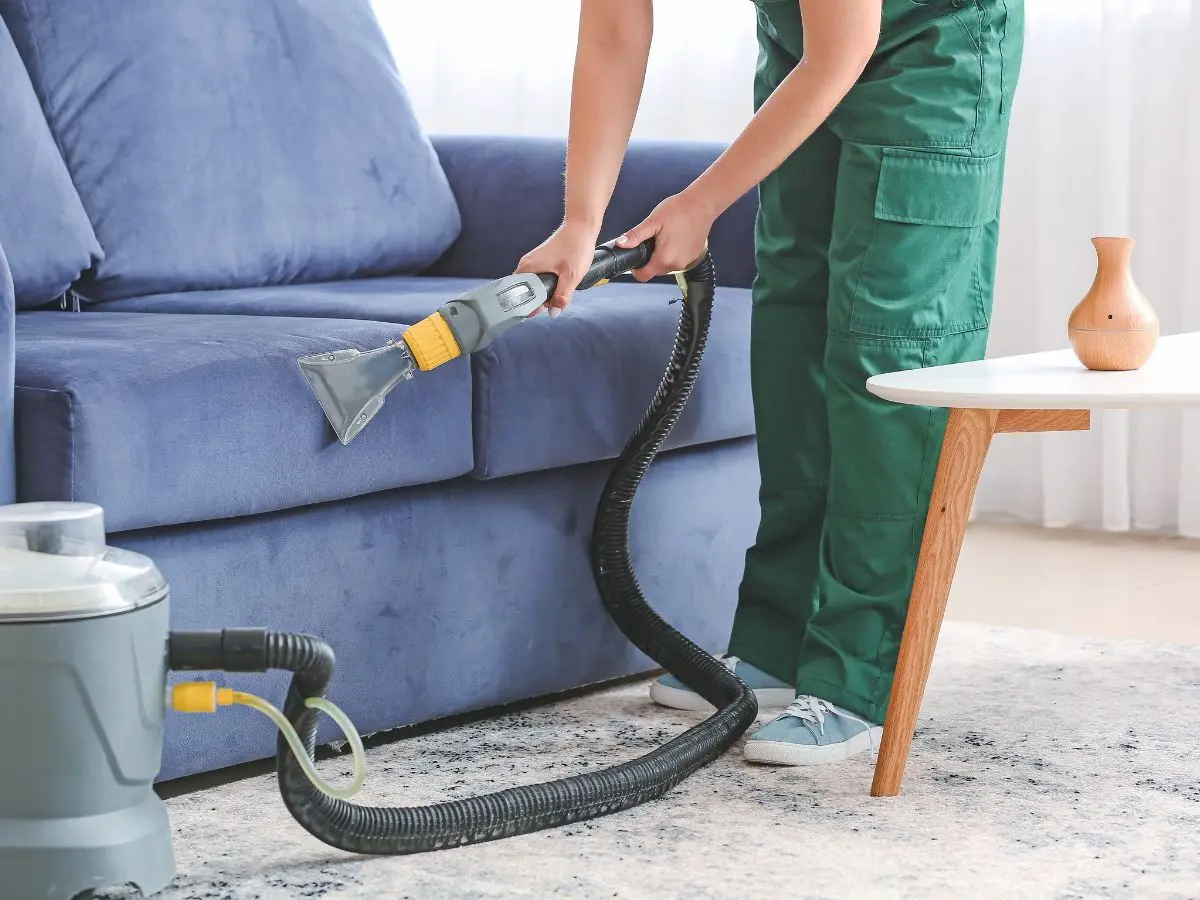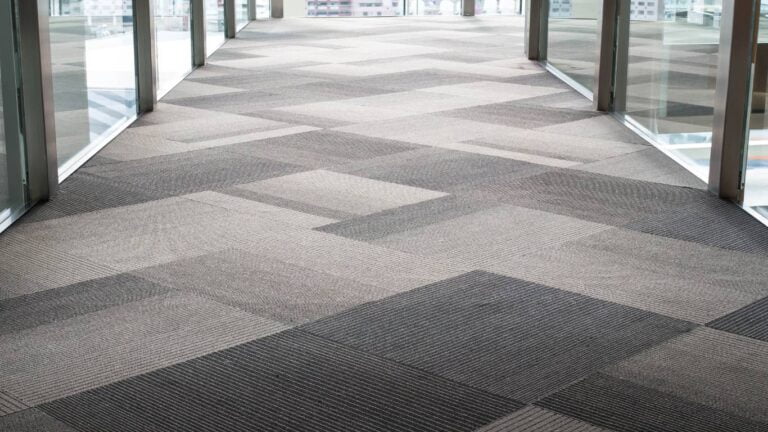Understanding how to clean a fabric couch effectively can transform and refresh your living space, ensuring comfort and hygiene without compromising the integrity of your furniture’s material. Whether you’re tackling an unexpected spill or conducting a routine spruce-up, recognising your couch’s fabric type and cleaning code is crucial for choosing the appropriate cleaning methods and products. From natural fibres like cotton and wool to synthetic options like polyester and microfiber, each material demands a tailored approach to maintain its appearance and longevity. This guide explores the nuances of couch care, offering practical tips to address everyday stains and suggesting when to call in the upholstery professionals for a deep clean. By following these strategies, you’ll be equipped to keep your fabric couch looking its best, making it a welcoming centrepiece in your home for years to come.
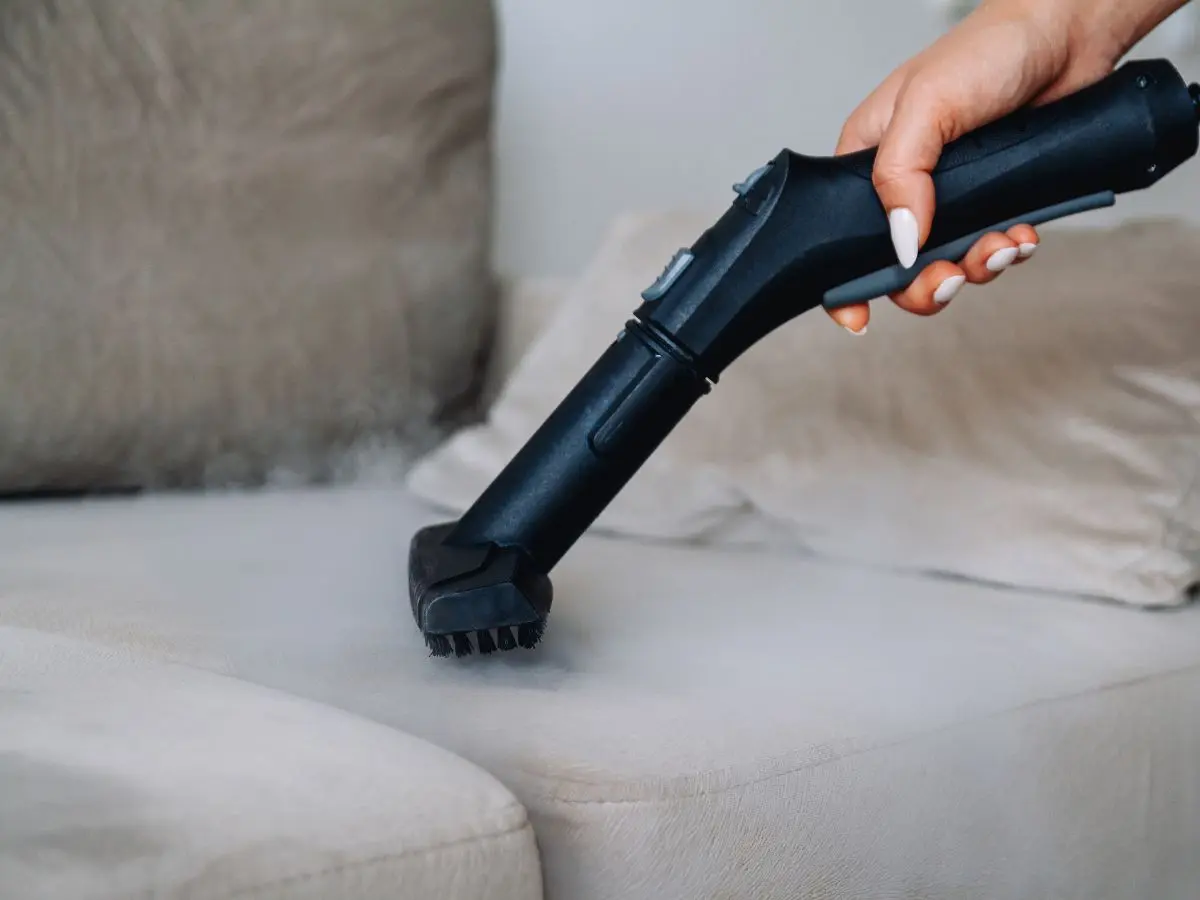
Assessing Your Fabric Couch
Identifying the Fabric Type
When you’re about to clean your fabric couch, it’s important to first figure out what type of fabric you’re dealing with. This’ll help you pick the right cleaning methods and products.
You might find natural fibres like linen, which is strong and resists dirt but can wrinkle easily, or cotton, which is comfy but not the best at fighting wrinkles and stains. Wool is tough, but it can be a bit itchy and tricky to clean unless it’s mixed with other fibres. Leather is sturdy and pretty straightforward to keep up.
Synthetic fabrics usually hold up better than natural ones. Polyester, is a tough fabric that’s often blended with natural materials to boost its durability. Microfiber is known for being super soft and easy to clean, while velvet has that fancy feel but needs a gentler touch when cleaning.
If you’re worried about spills and sun damage, Sunbrella, an acrylic fabric, is a smart pick for both inside and outside furniture.
The toughness of upholstery fabric is measured in double-rubs. Light-use fabrics are around 8,000 to 10,000 double-rubs, while medium-use ones are between 10,000 to 15,000 double-rubs. Most couches you’d have at home are between 10,000 to 25,000 double-rubs.
For spaces that see a lot of action, commercial-grade fabrics can handle 100,000 to 250,000 double-rubs.
Determining the Cleaning Code
Knowing your fabric couch’s cleaning code is key to taking good care of it. These codes are usually on the manufacturer’s label and tell you the best way to clean the fabric. You’ll see ‘W’ for water-based cleaning, ‘S’ for solvent-based cleaners, ‘WS’ for either water or solvent cleaning depending on the stain, ‘X’ for vacuum-only cleaning, and ‘D’ for dry clean only.
Following these codes can help you avoid damaging your couch and keep it looking great for years.
Checking for Manufacturer’s Recommendations
Before you dive into cleaning, it’s smart to see if the couch manufacturer has any special advice. These tips are tailored to the specific materials and build of your furniture. They can offer useful info on how to clean and what products to use or steer clear of.
You can usually find this advice in the product manual or by getting in touch with the manufacturer.
Inspecting for Specific Stains and Damage
You’ll want to give your couch a good look-over for any particular stains or damage before you start cleaning. Doing this lets you customise your cleaning plan to what your couch needs. A light brush with a soft-haired brush might get rid of some stains, but others might need more specific treatments.
It’s also smart to test any cleaning method on a spot that’s not too noticeable first to make sure it won’t harm or discolour the fabric.
Regular vacuuming is a good idea to get rid of dust, dirt, and other stuff that builds up on your couch. If you’ve got pets, keeping them off the furniture or using a protective blanket can help keep your couch looking nice.
When it’s time for a professional touch, our upholstery cleaning services will come to your place and give specialised treatments for stains, smells, and steam cleaning.
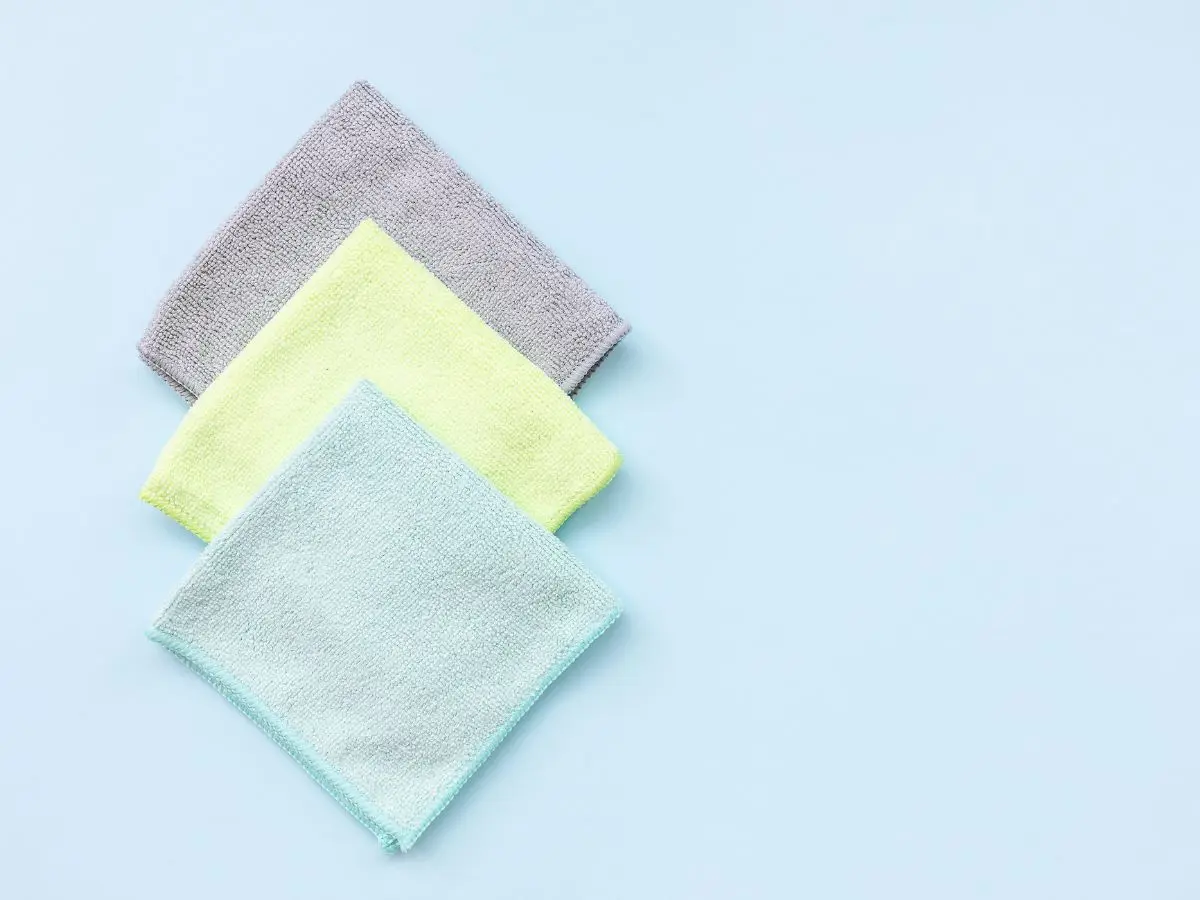
Preparing for Cleaning
Gathering Necessary Supplies
A vacuum cleaner with an upholstery attachment is essential for removing surface dirt and debris. Opt for light-coloured microfiber cloths to avoid colour transfer during cleaning. A bucket will come in handy for concocting homemade cleaning solutions, which typically consist of distilled water to prevent mineral deposits, liquid dish soap, and distilled white vinegar for a mild yet effective cleaning mixture.
Removing Loose Objects and Cushions
Clear any loose items and cushions from the couch to expose every part of the furniture, particularly those areas where crumbs and pet hair tend to accumulate. This step ensures a comprehensive clean by allowing access to every corner.
Vacuuming the Surface and Crevices
With the couch cleared, thoroughly vacuum the entire surface, paying special attention to the crevices using the appropriate attachments. This step is important as it removes the loose dirt and debris that could become more ingrained in the fabric during the subsequent wet cleaning stages.
Treating Stains Preemptively
For immediate spills, blot the area with a clean, slightly damp cloth to prevent the stain from setting. For more stubborn, set-in stains, pre-treat with an appropriate stain remover. Create a cleaning solution with distilled water, dishwashing liquid, and vinegar. Apply this mixture to the stained area with a microfiber cloth, blotting gently. Afterward, use a cloth dampened with just distilled water to remove any soap residue, and then pat the area dry with another cloth.
Always conduct a spot test on a hidden area before applying any cleaning solution to the entire couch. This precaution ensures that the chosen cleaning method is safe for the fabric. With these preparatory steps completed, your couch is ready for a thorough cleaning.
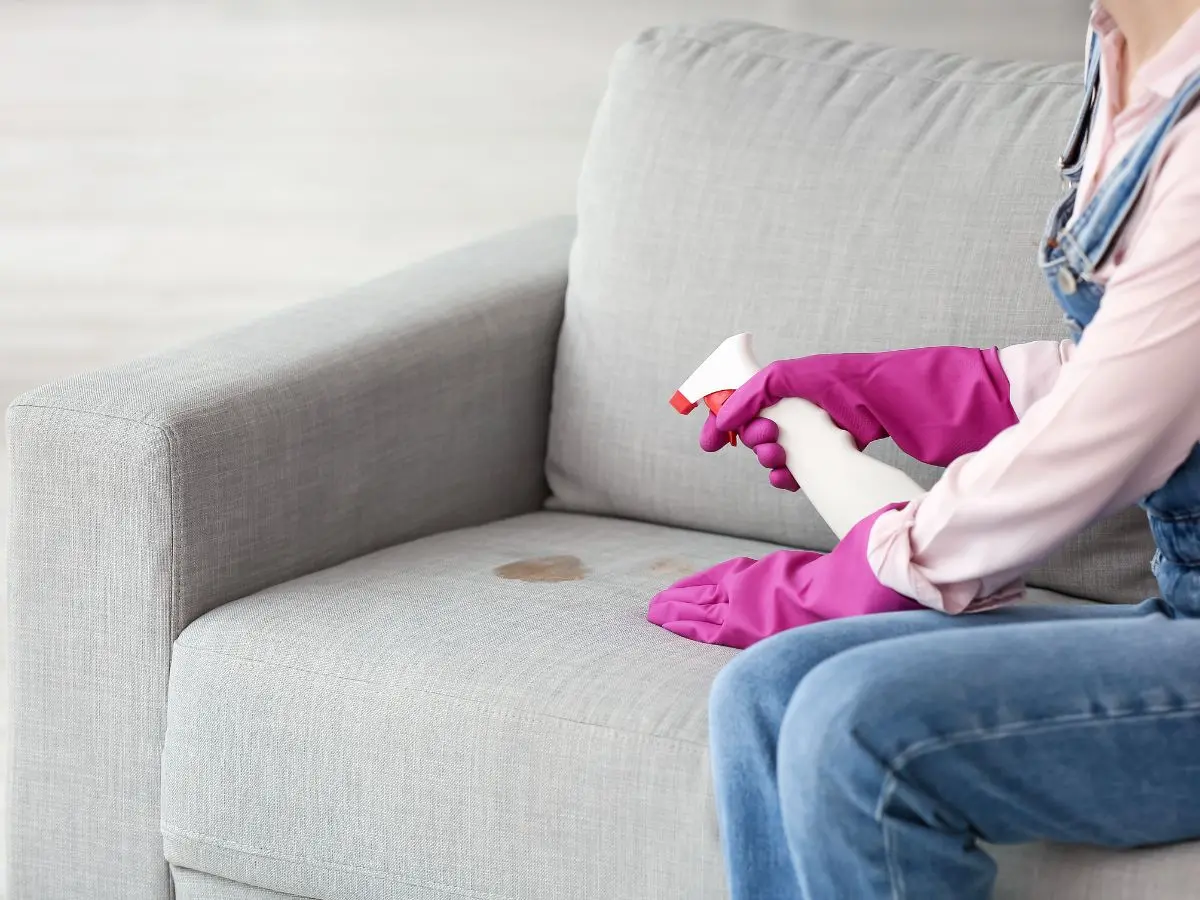
Spot Cleaning Fabric Couches
Addressing Common Stains
Grease or oil spots often require unique approaches. Absorbing grease with cornstarch before vacuuming can be effective. Similarly, powdered cat litter can be used to absorb oil before its removal with a vacuum.
Baby wipes can be useful for immediate spill response, absorbing the liquid and then cleaning the area with gentle strokes. For more tenacious or dried stains, a blend of laundry detergent and white vinegar might assist in breaking down and lifting the dirt, particularly on polyester.
Methods for Sensitive Fabric
Delicate fabrics demand careful handling. For those labelled with Code S, it’s best to use a dry-cleaning product or a solvent that doesn’t contain water. For Code X materials, refrain from using any wet products and limit care to vacuuming or gentle brushing.
It’s prudent to conduct a test with any new product or technique to ensure it’s safe for the fabric.
Drying and Airing Out Process
Ensuring the upholstery is thoroughly dry after cleaning is essential to prevent mould or mildew. For materials that can be cleaned with water, removing excess moisture with a suction hose can expedite the drying process. Leather should be brushed with a soft brush to avoid damage.
Utilising fans and dehumidifiers can facilitate quicker drying. If opting for outdoor drying, ensure the furniture is shielded from direct sunlight to prevent colour fading. Applying a fabric protector post-cleaning can help repel liquids and reduce the likelihood of future stains.
Maintaining the cleanliness of your couch through regular vacuuming and using a lint roller will contribute to its longevity and aesthetic appeal.
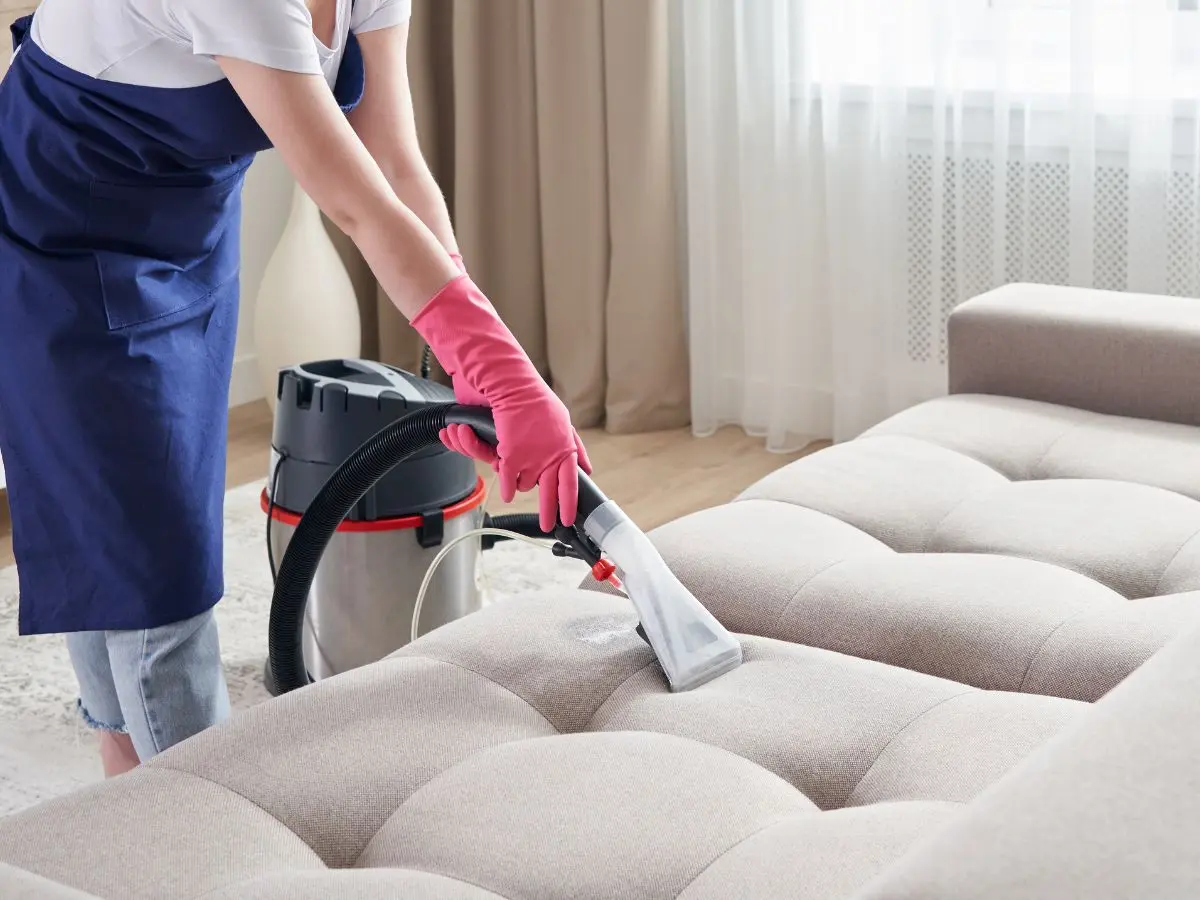
Deep Cleaning the Couch
Steam Cleaning vs. Shampooing
When deep cleaning your fabric couch you will have to choose between steam cleaning and shampooing. Steam cleaning is suitable for robust fabrics that can withstand moisture, whereas shampooing may be more appropriate for those requiring a gentler approach. However, certain materials such as velvet, silk, or items with down fillings should not be steam cleaned to avoid damage.
Step-by-Step Cleaning Procedure
For steam cleaning, fill the machine with water and cleaning solution and methodically clean the couch without over wetting.
When shampooing, use a natural carpet and upholstery shampoo mixed with warm water. Apply the solution to stains, rinse, and blot dry.
If using a carpet cleaning machine, follow the manufacturer’s guidelines and ensure the couch is completely dry before reassembly.
Frequency of Deep Cleaning
Deep cleaning should occur semi-annually, with the frequency adjusted for heavy use or households with allergy sufferers. In such cases, consider a professional service every 12-18 months. Regular surface cleaning every few weeks can maintain the couch’s appearance.
Ensuring Even Drying to Avoid Mildew
Post-cleaning, it’s important to dry the couch evenly to prevent mildew. Using a fan can hasten the drying process and is more effective than air drying alone. Ensuring the couch is completely dry before use is essential to maintain a clean and healthy environment.
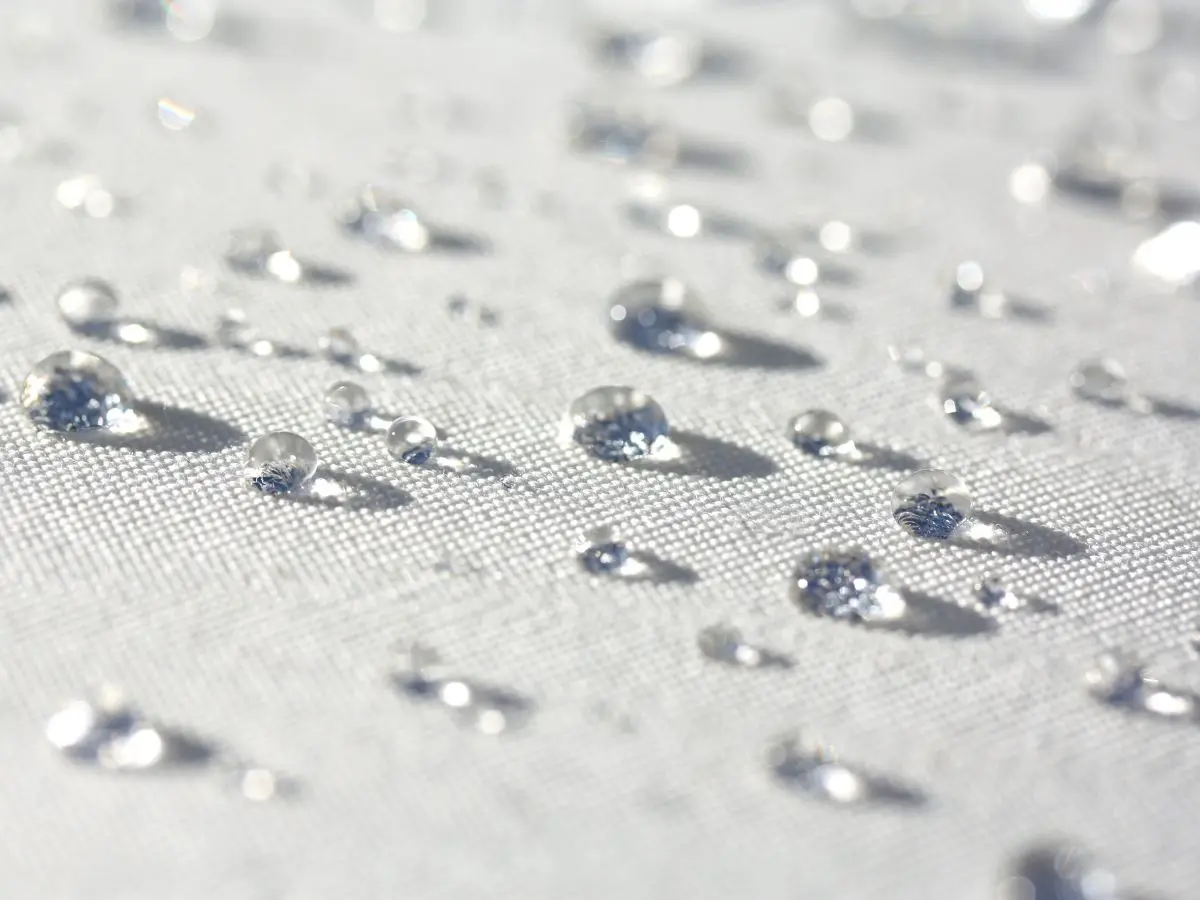
Maintenance and Care Post-Clean
After cleaning, establish a maintenance routine for preserving your furniture’s appearance and longevity. Regular care can mitigate the accumulation of dust and the visible effects of wear.
Regular Maintenance Routine
Beyond cleanliness, maintaining your furniture involves preserving its shape and comfort. Fluffing throw pillows and back cushions can help them retain their form and prevent permanent indentations. Reversing the cushions periodically can distribute wear evenly.
In addition to vacuuming the surface, remember to clean beneath the cushions to remove concealed dust and debris. A light application of a fabric cleaner, followed by wiping with a terry cloth towel, can maintain the fabric’s appearance. Alternating your seating position can also prevent excessive wear in one area.
Protecting Fabric from Future Stains
Applying a fabric protector can help safeguard your furniture against spills and stains, simplifying future cleaning efforts. Regularly removing surface dust will prevent it from becoming embedded in the fabric. We recommend Scotchgard Fabric Water Shield.
Having stain and odour removers readily available, such as enzymatic cleaners for organic stains or alcohol-based solutions for ink and makeup, allows for immediate treatment of spills. For households with pets or children, slipcovers or waterproof protectors can provide additional protection.
Professional Cleaning Services
For challenging stains or to maintain your furniture’s warranty, professional upholstery cleaning services may be necessary. These experts can clean effectively without causing harm to the fabric and can recommend suitable products and methods for your specific furniture.
Consulting with a professional at a furniture store or cleaning service can offer valuable guidance on caring for your fabric sofa.
When to Consider Reupholstering
The decision to reupholster should be based on the condition and quality of your furniture. A high-quality sofa can last up to 15 years with proper care. However, signs of wear such as frayed fabric, sagging, exposed seams, or an unstable frame may indicate the need for reupholstery.
Reupholstering allows you to refresh a cherished item with new fabric choices that reflect your current taste. Conversely, if the furniture is of low quality or the cost of reupholstery is prohibitive, purchasing a new item may be more practical. Consider the sentimental value, craftsmanship quality, and the availability of a comparable new piece when evaluating reupholstery. For valuable antiques or pieces with significant sentimental worth, reupholstering can be a worthwhile investment.
Embrace the Clean Retreat
Your fabric couch is not just a piece of furniture but a sanctuary for relaxation and entertainment. With the guidance we’ve provided, you’re now equipped with the know-how to tackle any mess that life throws your way. From spot treating with home-made solutions to deep cleaning with precision, each method ensures your couch remains a welcoming comfort zone.
Remember, the longevity of your couch correlates directly with the love and care you put into maintaining it. So, keep up with the regular upkeep, consult professionals when necessary, and don’t hesitate to reupholster when the time is right. Here’s to creating a clean, cosy, and inviting space that you and your guests will enjoy for years to come!

